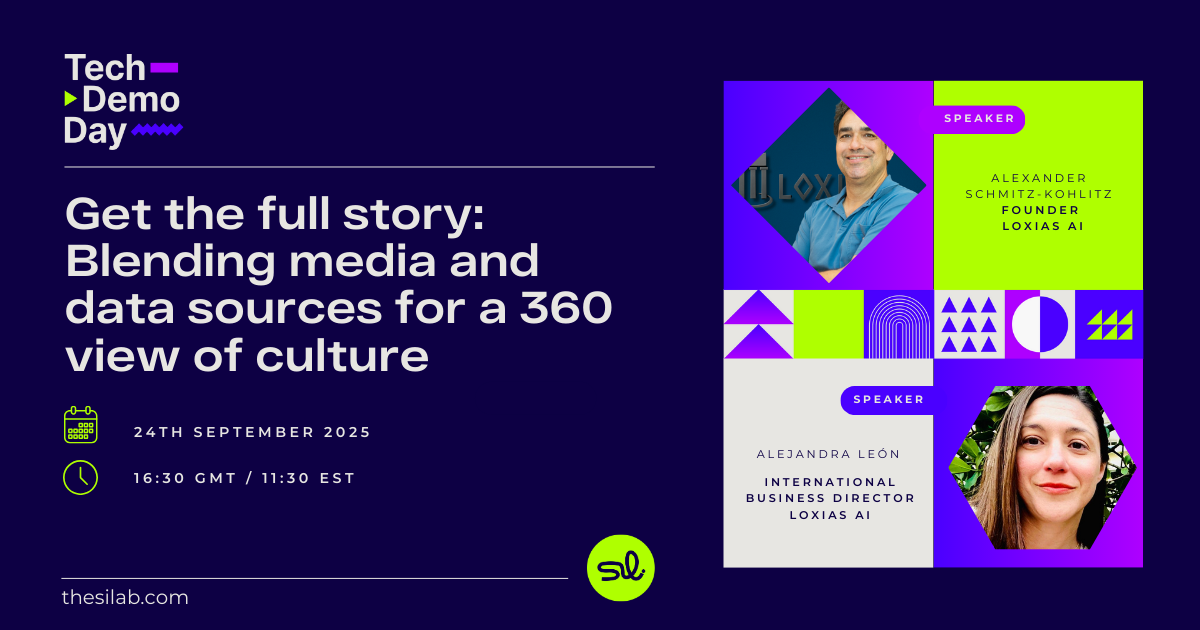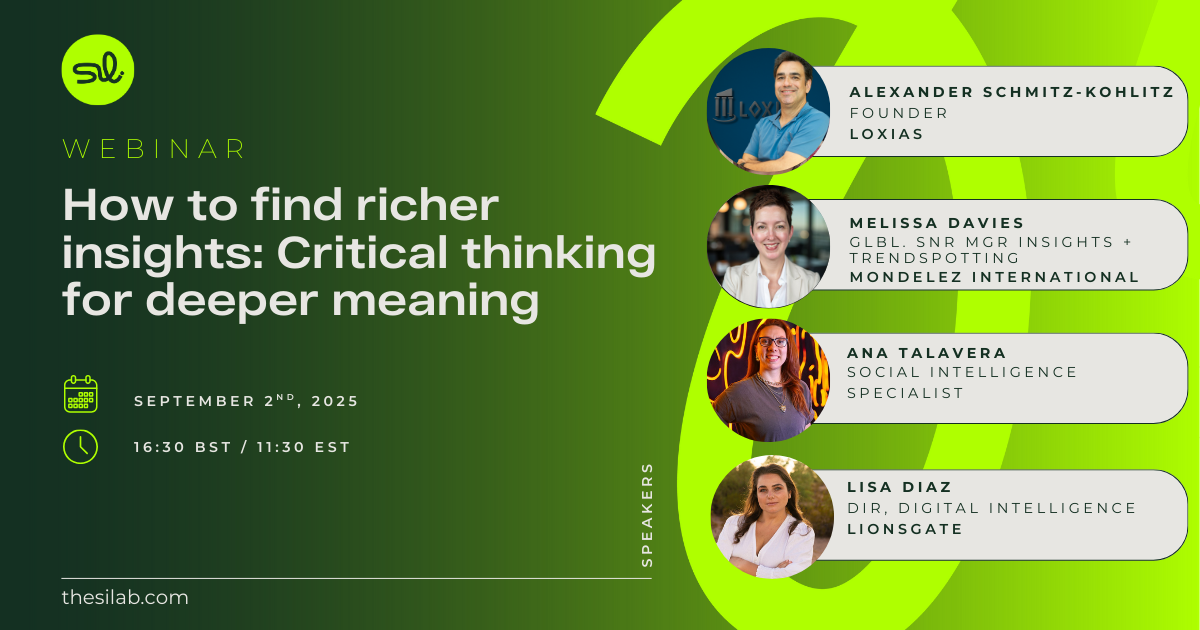
How to combine different data sources for better insights
Social media may be one of the most accessible public data sources out there, but it only gives a one-dimensional view of an audience. To get a comprehensive view of your customers - what they like, dislike, their pain points etc. - you need to combine different conversational data sources to add context and paint a more complete picture.
Finding the right data source to solve specific problems
Not every data source will be able to answer every question. Some are great for picking up on consumer trends, while others may be better used to understand specific complaints. This is why it’s crucial to identify which data source to use depending on the problem you want to solve.
For example, social media can inform a significant portion of your market research. Let’s say your objective is to measure the impact of your product launch. Social media mentions and engagement can give you the insights you need to see how the new product is performing in the market.
Social media platforms can also show trending topics on a much bigger scale. But if you want to go more in-depth into consumer sentiment around certain topics, it makes more sense to listen in on conversations that take place on niche forums. And customer reviews can be used as direct feedback to your brand, informing product development and innovation.
Hybridising data for a holistic view
There isn’t just one source of truth when it comes to social data. That’s why it’s crucial to bring together data from different data sources to pull together the different pieces of the puzzle to tell a coherent story about the audience as a whole. Rather than just looking at social data, you might also want to look at search data, transaction data, stock trends, economic trends, and more.
Social media data is just one part of the story. It’s important to take this information and incorporate it into wider analysis, as it can offer insights into the broader business. For example, a spike in snack sales could tell you a lot about ongoing snacking trends and purchase behaviour. It tells you that consumers are snacking more. But the additional insights from social listening will tell you why consumers are snacking more. Is it because they’re spending more time at their homes due to the pandemic?

There isn't just one source of truth when it comes to social data.
Avoiding biases from different sources
If you focus on just one social data source, you’re more prone to bias due to the limitations in the data pool. For instance, social media users tend to be younger and have a more liberal mindset. So this might result in bias when researching the market based on social media data alone. You could be missing out on an opportunity to explore the mindset and motivations of people who don’t use social media as much.
To ensure greater representation and minimise bias, businesses need to triangulate the data with other data sources. From in-store purchase behaviours to online shopping habits – there could be a lot of hidden consumption trends that you can unearth if you look at multiple data sources rather than just focus on social media.
Examples of mixing data sources
Many organisations are already implementing data hybridisation to look at their data holistically for better insights.
The insights & analytics team at Mondelez, for instance, has created a 3-pager that streamlines social intelligence data and combines it with other teams’ data sources to tell leadership a bigger story. In addition, their insights team has a survey system that provides robust and quantitative insights. To these insights, they inject social listening data to add a “human element” and bring in that personal touch.
The Ipsos team also regularly uses social data to complement other data sources. This helps them get a deeper understanding of the audience by shedding further light from a consumer-driven perspective.
So, in order to build a complete picture of your target audience, and understand how your business is performing, it’s crucial to take insights from different data sources and look at them side by side to deliver more complete insights.
This interview was recorded via LinkedIn Live, if you prefer to view on LinkedIn, click the button below.
View InterviewSee related content
.png)








.jpeg)


